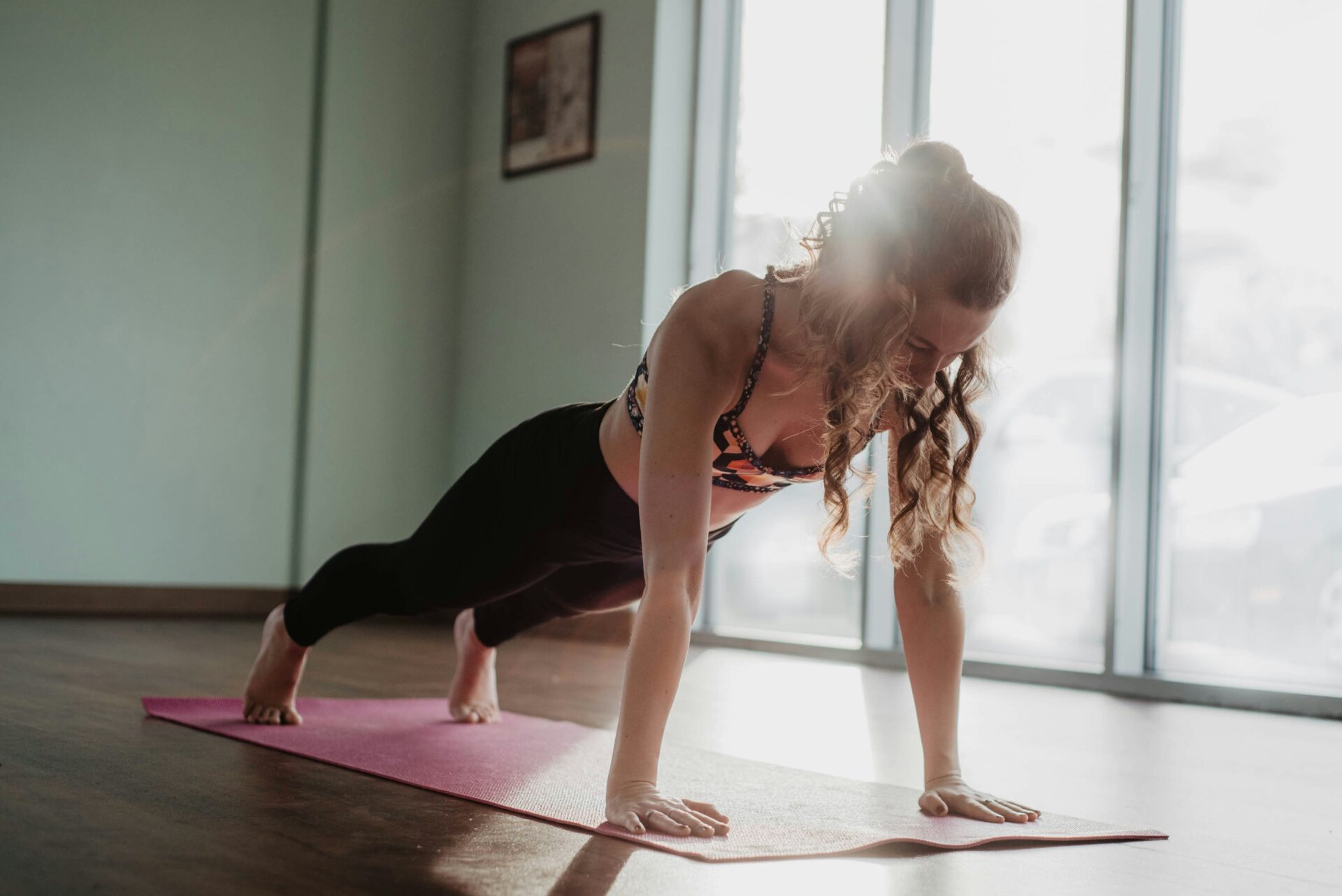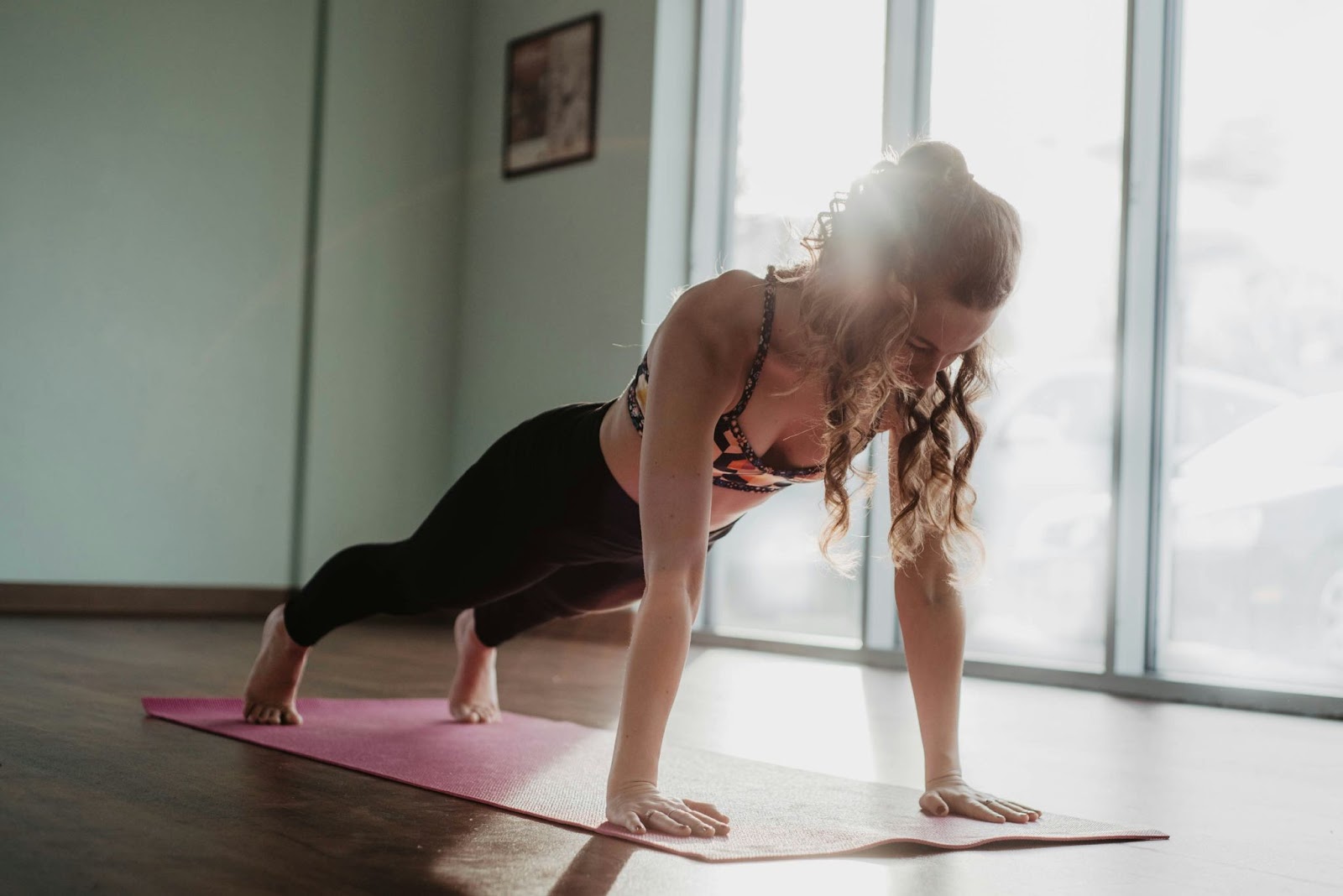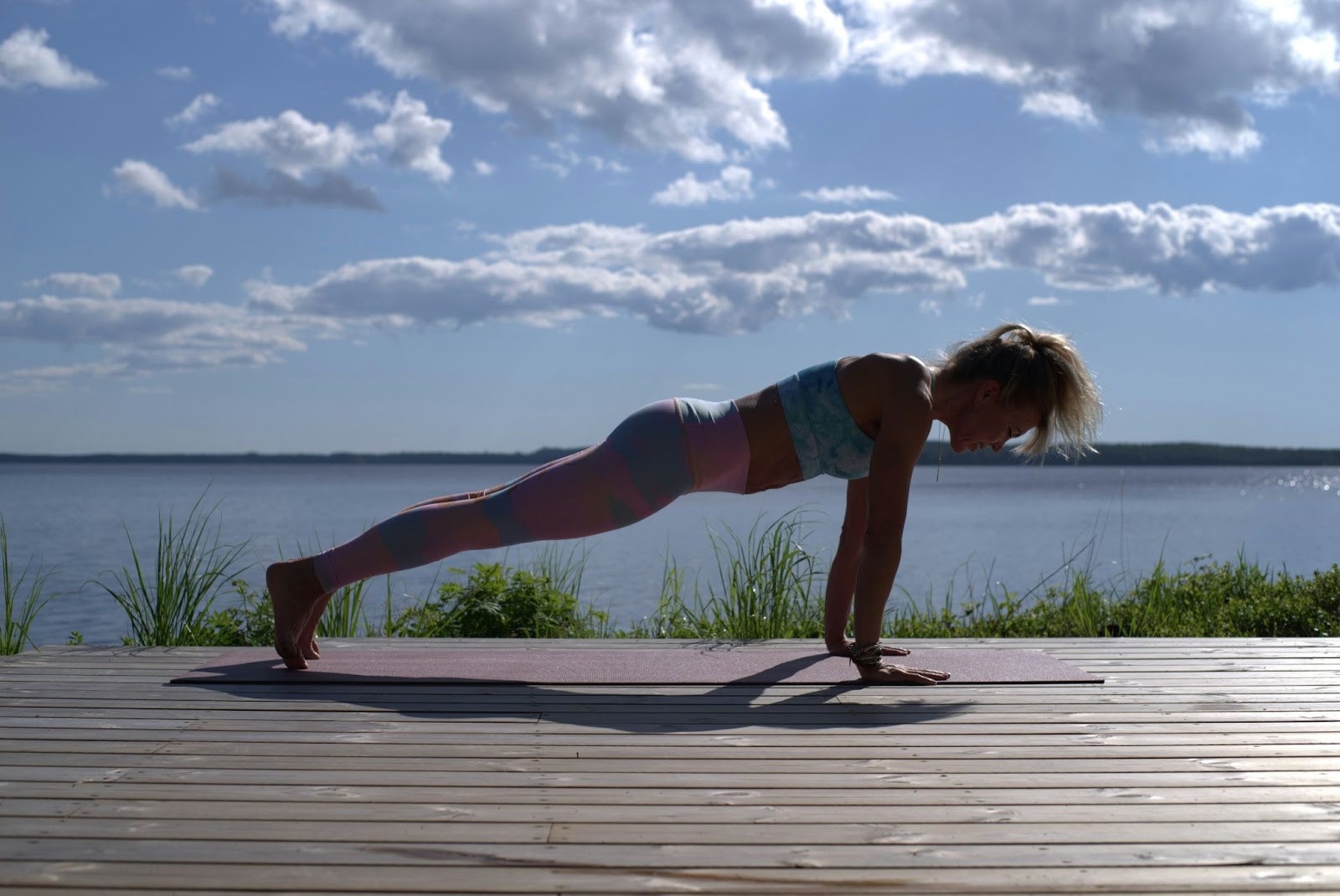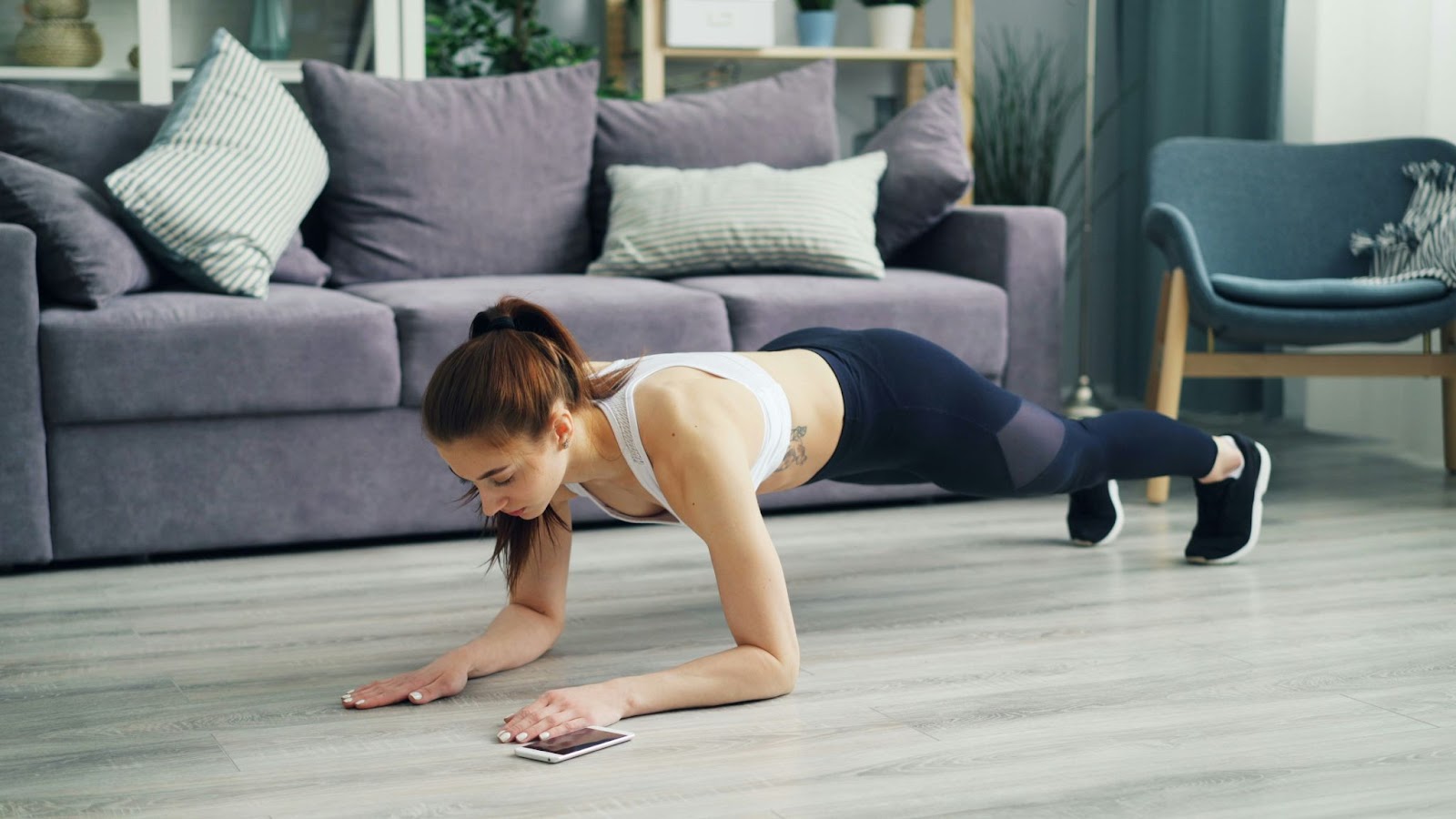
Body + Mind is reader-supported. We may earn an affiliate commission when you buy through some of the links on our site.

It seems there are more ways to get fit than there are exercise videos on YouTube — seemingly millions. Amid all the fitness fads — shake weights, anyone? — are the ones that have stood the test of time, and that’s because they work. This includes the good old-fashioned plank. Mastering your form can result in a surprisingly strenuous session that provides full-body benefits. Learning how to do planks properly can revolutionize your workout routine.
Planks are an isometric exercise, which means you hold your body in one position for a set period. Your muscles contract but do not change length while holding still. Essentially, it’s a static way of placing a demand on a muscle group without muscle or joint movement. Your own body provides the necessary resistance.
During a plank, you will work your core, upper body and legs. You will especially feel it in your transverse abdominal muscles, which form a natural girdle around your waist. The goal is to keep your body in a straight line from your head to your heels — hence the name.
In a standard plank, you will be in a pushup-like position facing the floor. Once you learn how to get better at planks, you can try variations to work different muscles. One is the side plank, in which you turn your body to the side and extend your top arm to the ceiling. This move requires good balance but is especially good for your abs.
You might not think that holding still can help your fitness level, but you’d be surprised. Planks are a perfect full-body exercise. They work your arms, chest and shoulders, as well as your legs, as you hold the position. This engages your abdominal muscles to hold you steady and your back to keep your spine neutral. All this builds core strength and endurance, especially if you can stay in the position for a longer time.
Do you spend hours working at a desk? Planks are the antidote for the poor posture that can result. Strengthened postural muscles make it easier to keep your neck, shoulders and back neutral while going about your day. Along with that, they can improve your balance and coordination thanks to the strength needed to hold the position. You will notice enhanced stability as you continue working on planking.
Planks can also be helpful to prevent lower back pain and reduce the likelihood of injuries. This move stabilizes your spine, supporting proper alignment, and does not require spinal flexion, such as situps. It strengthens your core, and a weak core forces your back muscles to compensate during everyday activities.
Perhaps the best thing about planks is that you can do them anywhere, making it easy to be fit even if you only have a few minutes to spare. Do them in the morning before your kids wake up, during your lunch break at work or in your hotel room after a long day of sightseeing. They make fitness fit your schedule.

Learning how to do planks properly is important to reduce the risk of injury and get the most out of the move. Follow these step-by-step instructions to reap the benefits of this powerful and effective move.
You can do a few sets if you’d like, working up to the point you feel you’re getting the most out of your planks.

The basic plank is an effective move and a great way to strengthen your core, but you can also try variations to focus on other body parts. Here are some alternatives that are good to start out with and others that will work even more muscles.
The wall plank is a good move for beginners to bodyweight work. Place your forearms against a wall, about shoulder-width apart. Step a few feet back, keeping your legs about hip distance apart. Suck your belly button to your spine to engage your core, staying in a straight line from head to toe. Hold as long as possible.
Get into a traditional plank position. From there, raise one arm off the ground, then alternate with the other. You can do this same move with your legs, keeping them straight and focusing on your core strength. Make it more challenging by lifting your opposite arm and leg, one at a time, and holding the position as long as you are able. Repeat with the other side. This move helps you focus on your balance.
This advanced move targets your oblique abdominal muscles on the sides of your torso. Lie on your right side, with your legs extended and stacked. Support your body weight on your right forearm. Engage your abs, drawing your naval to your spine, and lift your hips and knees from the floor while exhaling. Be sure your body remains in a straight line, with no sagging or bending. Hold as long as you can and repeat on the other side.
Fitness buffs know the secret to staying fit is to have a strong core. This can make everyday movements easier and help prevent injuries. Planks are among the best ways to strengthen core muscles, improve your balance and even prevent injuries. Practice planking until you perfect your form and can hold your position even longer each time. You will love the results.
Your email address will only be used to send you our newsletter, and at any time you may unsubscribe. For more information, see our Privacy Policy.